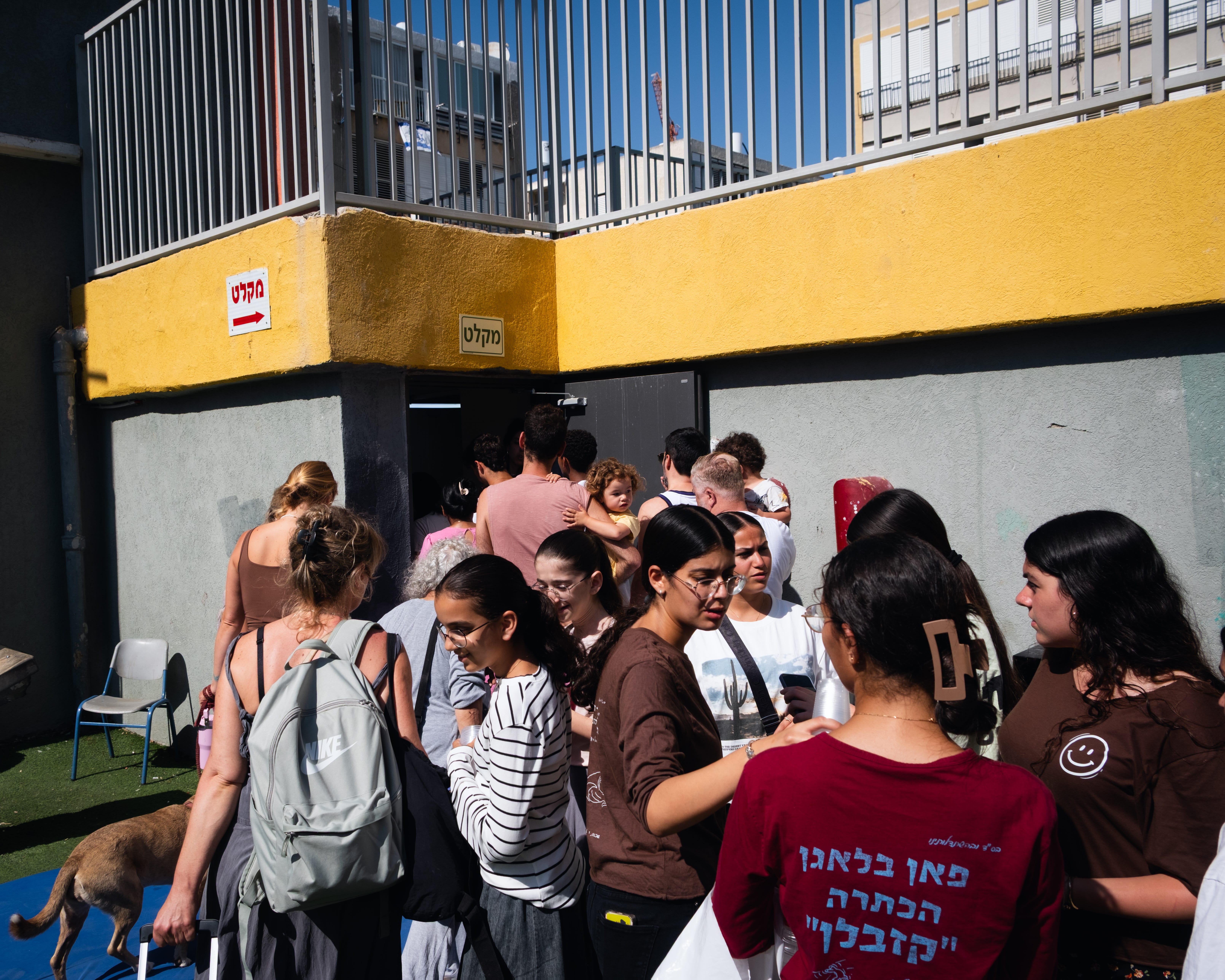Lions interrupt 60 Minutes interview
At a temporary rescue center just north of Cuzco, Peru, Jan Creamer and Tim Phillips were keeping 24 lions safe from the abuse they had undergone as circus performers. Correspondent Bill Whitaker and a film crew were there to interview the couple for a 60 Minutes story about how the couple's work has led to bans on using wild animals in circuses in more than 20 countries.
But shooting this week's 60 Minutes piece proved trickier than usual. The only time the crew could shoot the interview happened to be right before the lions' morning feeding time, a time when the cats are active -- and loud.
"This is their morning song," Creamer tries to explain over the roaring in the clip above. "They like to greet the day letting any other lions who might be around know that they're here, and that this is their territory."
In this isolated Peruvian location, no other lions were roaming nearby. But the instinct was there, and these lions -- brought together from different traveling circuses -- wanted to make sure everyone else knew they were proud of their pride.
"This is their morning song," Jan Creamer tries to explain over the roaring. "They like to greet the day."
"We've noticed that when we bring them all together, they become one," Creamer says. "So they're making a statement."
That wasn't the only statement they made. The crew was told to watch out for one particularly playful lion, especially if they saw him lift his tail. He has good aim, the crew was warned.
Such good aim, in fact, that he urinated all over cameraman Mark LaGanga's equipment.
"They're incredibly social animals, the lions," Phillips says. "People forget that. Every time you see in a zoo or a circus this solitary lion, he's missing out on this part of his life. They live in big, family groups. They talk to each other."
Editor's note:
As 60 Minutes first reported in March, the lions rescued by Animal Defenders International (ADI) were supposed to live out a peaceful retirement in a sanctuary. But in May, that peace was shattered when poachers broke into the Emoya Big Cat Sanctuary and killed two of the lions, large males named José and Liso.
The lions appear to have been poisoned, according to an ADI statement, and the poachers removed some body parts of the deceased animals. A criminal investigation has been launched by South Africa's police and anti-poaching units.
"José and Liso had suffered a terrible life of abuse, but their new life in Africa had given them a new lease of life," Jan Creamer, president of ADI, said in the statement. "We are heartbroken that these gentle souls have had their well-deserved freedom so cruelly taken from them and will do all that we can to ensure this cowardly killing does not go unpunished."
Armed guards are now in place and security measures at the sanctuary are being reviewed, said ADI, adding that, if appropriate, they will evacuate the lions while implementing increased security.
In March, 60 Minutes told the story of the lions' rescue, a 10-year effort by Creamer and Tim Phillips, who started ADI to rescue animals from circuses. Their work has helped lead to local laws passed in 15 U.S. states and 20 countries prohibiting the use of wild animals in circuses.
The airlift to South Africa, the biggest lion airlift in history, was the result of animal rights laws enacted in Peru and Colombia, largely based on evidence and information collected by ADI.
The killing of José and Liso wasn't the first death of the Emoya lions. Last June, a little over a month after the lions arrived at the sanctuary, female lions Kala and Rapunzel died of a botulism toxin. Rapunzel, who was featured in the 60 Minutes story, had never been out of her cage when Creamer and Phillips rescued her. The rescue organization called the lionesses' deaths a "devastating blow to the whole team."
The video above was originally published on March 5, 2017.










